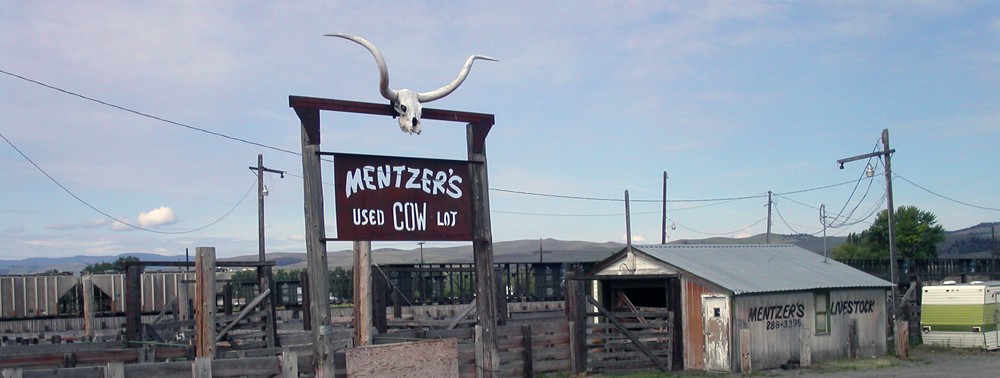One of the greatest injustices in South of Market redevelopment has been the callous obliteration of its past. — Chester Hartman, Yerba Buena: Land Grab and Community Resistance in San Francisco (San Francisco: Glide Publications, 1974).
Urban planner Chester Hartman’s observation about San Francisco’s Yerba Buena neighborhood looms large as one Washington, D.C., neighborhood is trying to prevent its past from being displaced and rewritten as the forces of gentrification sweep through. Residents of Bloomingdale, an early District of Columbia suburb that was absorbed in the late 19th century by Washington, have mobilized to undertake an innovative interdisciplinary effort to seize control of the neighborhood’s future by gaining a better understanding of its past.
My latest article for the National Council on Public History’s History@Work examines Bloomingdale’s project. In the H@W piece I touched on how Bloomingdale residents and the volunteer researchers and community planners struggle to define gentrification. It’s not an easy task.

Older businesses like the DC Mini Market share street fronts with newer ones like yoga studios and restaurants with patio seating in Washington’s Bloomingdale neighborhood.

